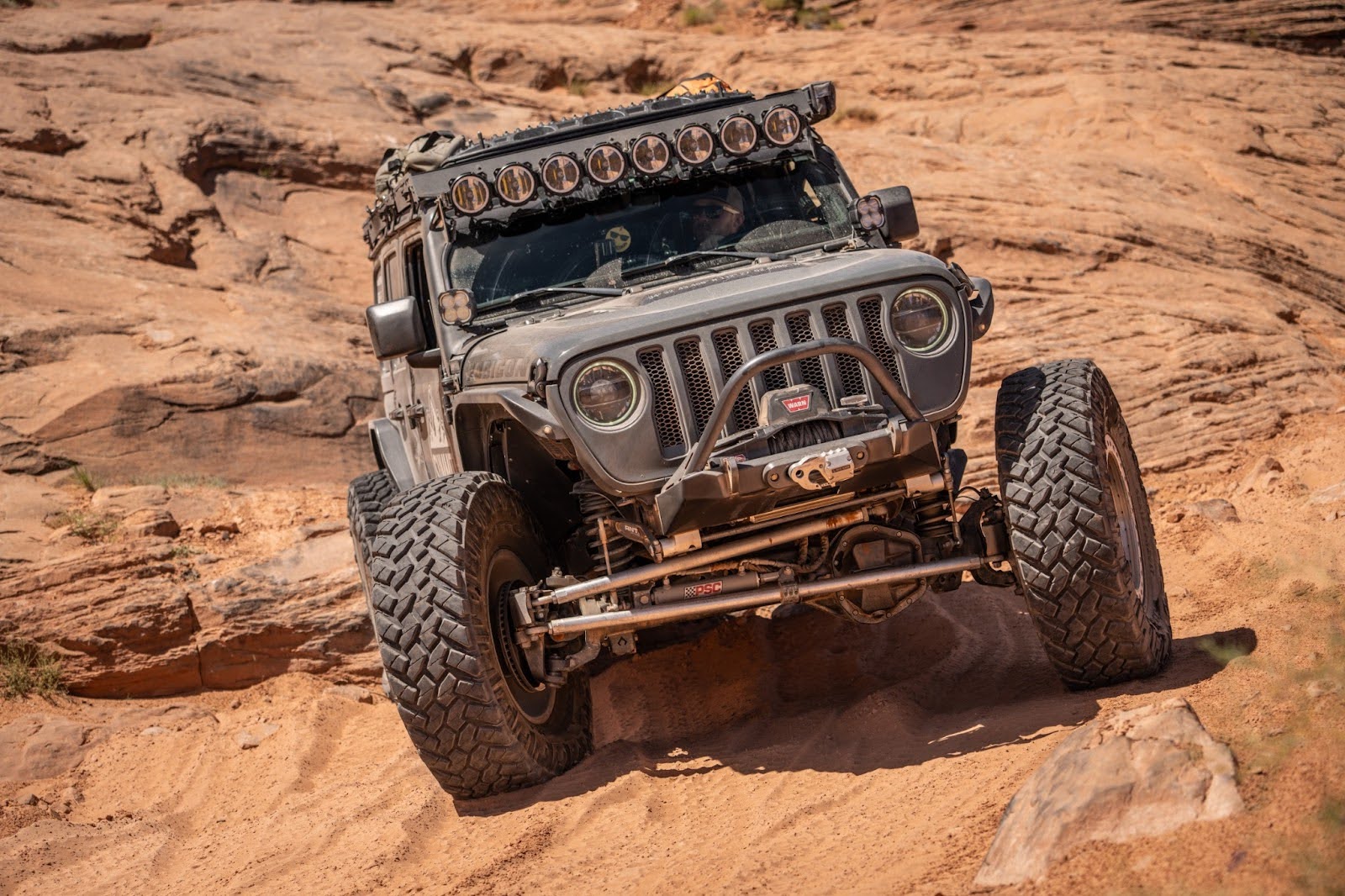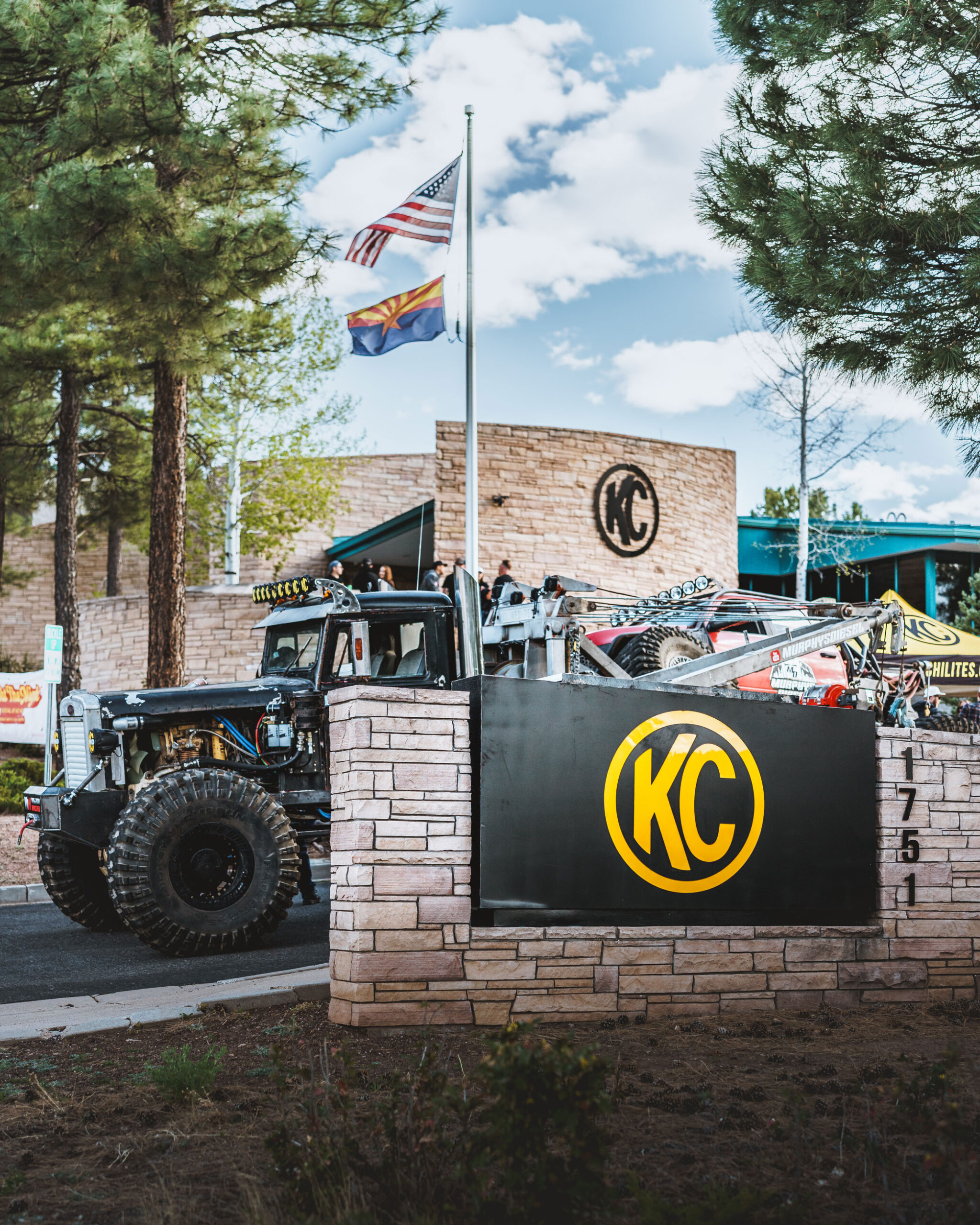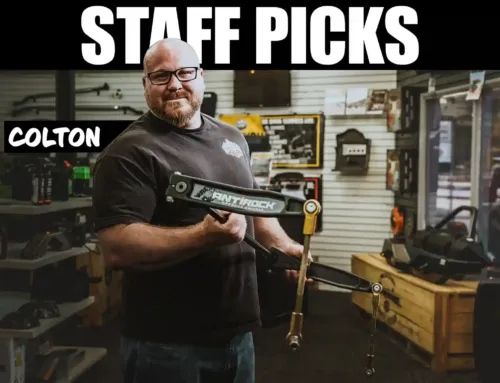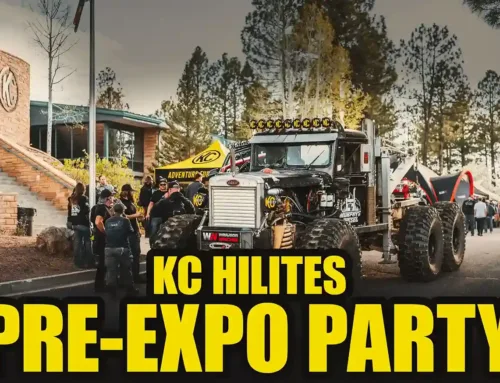
Off-Road 101: A Beginner’s Guide to Tackling the Trails
Off-roading is more than just a weekend hobby—it’s an adventure that connects you with the great outdoors while pushing you and your vehicle to new limits. Whether navigating the rugged desert trails of Arizona or testing your rig on steep inclines, understanding the fundamentals of off-roading is essential. If you’re new to the off-road lifestyle, knowing the basics can be the difference between a successful ride and a frustrating, possibly dangerous situation.
At Summit 4X4 Company, we’ve been building and maintaining off-road rigs since 2012, helping Arizona’s off-road community conquer trails with confidence. This beginner’s guide will walk you through everything you need to know, from understanding your vehicle’s capabilities to handling tough terrain.
1. Know Your Rig: Mastering Your Off-Road Vehicle
Before you hit the dirt, take the time to familiarize yourself with your vehicle. Not all 4X4s are created equal, and understanding how yours works will help you maximize performance and avoid common mistakes.
Start by learning how to engage and disengage your four-wheel-drive system. Many modern vehicles have electronic 4WD controls, while older models may require manual engagement. Knowing when to use high vs. low gear is crucial—high-range 4WD is perfect for moderate off-road conditions, while low-range 4WD provides extra torque for climbing steep hills or getting through deep mud.
Understanding your vehicle’s approach, breakover, and departure angles is another key aspect of off-roading. These angles determine how steep an incline or obstacle your rig can handle without scraping or getting stuck. If you’re unsure what your vehicle is capable of, start with mild trails and gradually work your way up.
Suspension and ground clearance play a big role in off-road performance. A higher clearance allows you to navigate rocky terrain without damaging the undercarriage. If you plan to tackle technical trails, upgrading to a lift kit and heavy-duty suspension may be necessary.
2. Tires: The Foundation of Off-Roading
Your tires are your first line of defense when it comes to traction, stability, and overall performance. Choosing the right set can make or break your off-road experience.
All-terrain tires are an excellent option for beginners as they provide a balance between on-road comfort and off-road capability. However, if you plan on tackling muddy or loose terrain frequently, mud-terrain tires offer deeper treads that clear debris more effectively, preventing buildup that could cause slippage.
Airing down your tires before hitting the trail is a simple yet effective way to improve traction, less ratlling of your vehicle and its equipment, and lastly, a way more comfortable ride while off-roading. Lowering the air pressure increases the tire’s surface area, allowing for a better grip on rocks, sand, and uneven terrain. Remember to bring an air compressor or a CO2 tank to reinflate them before returning to the pavement.
Regular tire maintenance is also essential. Check your tread depth before each trip, as worn-out tires will struggle to grip loose surfaces. Watch for cuts or punctures that could lead to a blowout while on the trail.
3. Prepping Your Rig: The Essentials for a Safe Ride
Proper preparation ensures you’re ready for whatever the trail throws your way. A well-equipped off-road vehicle should have essential recovery gear, protective modifications, and basic tools for minor repairs. Recovery gear should always include tow straps, shackles, traction boards, and a winch. These tools can help you or a fellow off-roader get unstuck when the terrain gets tricky. Investing in a high-quality winch is particularly beneficial if you plan on tackling solo trails, rock crawling trails, or venturing into deep mud.
Protection for your vehicle is equally important. Skid plates safeguard your undercarriage from rocks and obstacles, while rock sliders protect your doors and side panels from damage. Upgrading your lighting with LED light bars and fog lights is also smart, especially if you plan off-roading at night.
Carrying a basic tool kit and spare parts can save you from being stranded in the middle of nowhere. Extra fuses, belts, and fluids, along with a reliable jack and tire repair kit, will help you handle minor mechanical issues on the go.
4. Prepare Yourself: The Off-Road Mindset and Safety Tips
Off-roading isn’t just about having the right vehicle—it’s about having the right mindset. Being mentally prepared and understanding how to handle unexpected situations can make your experience much safer and more enjoyable.
Start by researching the trail before you go. Knowing the difficulty level, terrain type, and weather conditions will help you plan accordingly. Websites and apps like onX Offroad or Gaia GPS provide detailed trail maps and user reviews, which can be invaluable for beginners.
Always follow the buddy system when off-roading. Having another vehicle with you significantly reduces the risk of getting stranded, and a second driver can assist in recovery efforts if needed. If you must go alone, ensure you have a reliable communication device, such as a GMRS radio or satellite communicator, as cell service is often unreliable in remote areas.
Hydration and nutrition should not be overlooked. Off-roading can be physically demanding, and long hours behind the wheel can lead to fatigue. Pack plenty of water and high-energy snacks to keep yourself alert and focused.
5. Tackling Water Crossings: Avoiding Trouble
Water crossings add an exciting challenge to off-roading but can also be risky if not approached correctly. Before entering the water, always check its depth. If it reaches your headlights, it’s too deep to cross safely. If unsure, get out and use a stick to gauge the depth, or observe another vehicle going through first.
Once you start crossing, maintain a steady speed to create a small bow wave in front of your vehicle. This helps prevent water from entering the engine bay. Avoid sudden throttle inputs, as they can cause wheel spin and loss of control. If water crossings are a regular part of your adventures, consider installing a snorkel to protect your engine from water intake or relocate the differential, transfer case and transmission breathers so they don’t suck any water in.
6. Conquering Mud and Slippery Terrain
Driving through mud requires balancing momentum and throttle control. Going too slow may cause you to sink, while excessive speed can lead to loss of traction. Stick to the existing ruts if they’re not too deep, as they usually offer the best traction.
If you start to lose control, avoid overcorrecting. Instead, gently ease off the throttle and let the tires regain traction. If you do get stuck, try rocking the vehicle back and forth by alternating between drive and reverse. If that doesn’t work, Use your traction boards or a winch for recovery.
7. Climbing and Descending Hills with Confidence
Steep inclines and declines require careful technique. Use a low gear to maintain steady torque when climbing, and avoid spinning your wheels. Keep your wheels straight and maintain momentum—hesitating or stopping midway can result in losing traction.
When descending, let engine braking do the work. Avoid excessive use of the brakes, as it can cause the wheels to lock up, leading to a slide. If your vehicle has hill descent control, use it to maintain a controlled speed.
Always scout steep sections before attempting them. If the hill looks too risky, there’s no shame in turning around and finding an alternate route.
Get Out and Explore!
Off-roading is all about the thrill of the unknown, the challenge of the terrain, and the satisfaction of pushing yourself and your vehicle to the limit. By understanding the basics, preparing your rig properly, and adopting the right mindset, you’ll set yourself up for countless successful adventures.
At Summit 4X4 Company, we’re here to help you build the ultimate off-road machine. Whether you need expert advice, custom upgrades, or routine maintenance, we’ve got you covered. Visit us in Prescott or Prescott Valley, and let’s get your rig ready for the trails. You can also send your 4X4 truck to us for a complete custom build tailored to your off-road needs and style. No matter the terrain you want to conquer, we’ll ensure your vehicle is up for the challenge!






